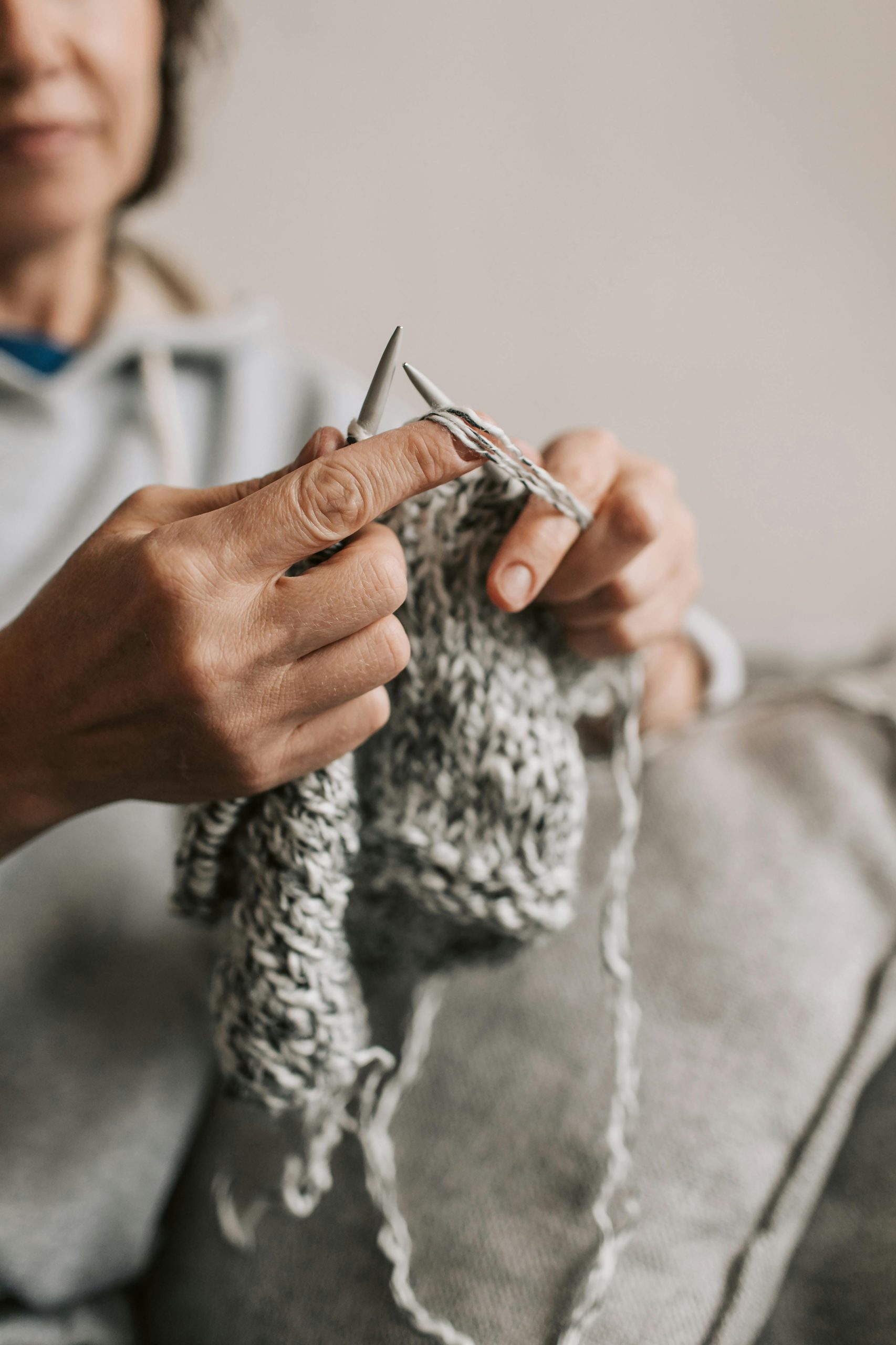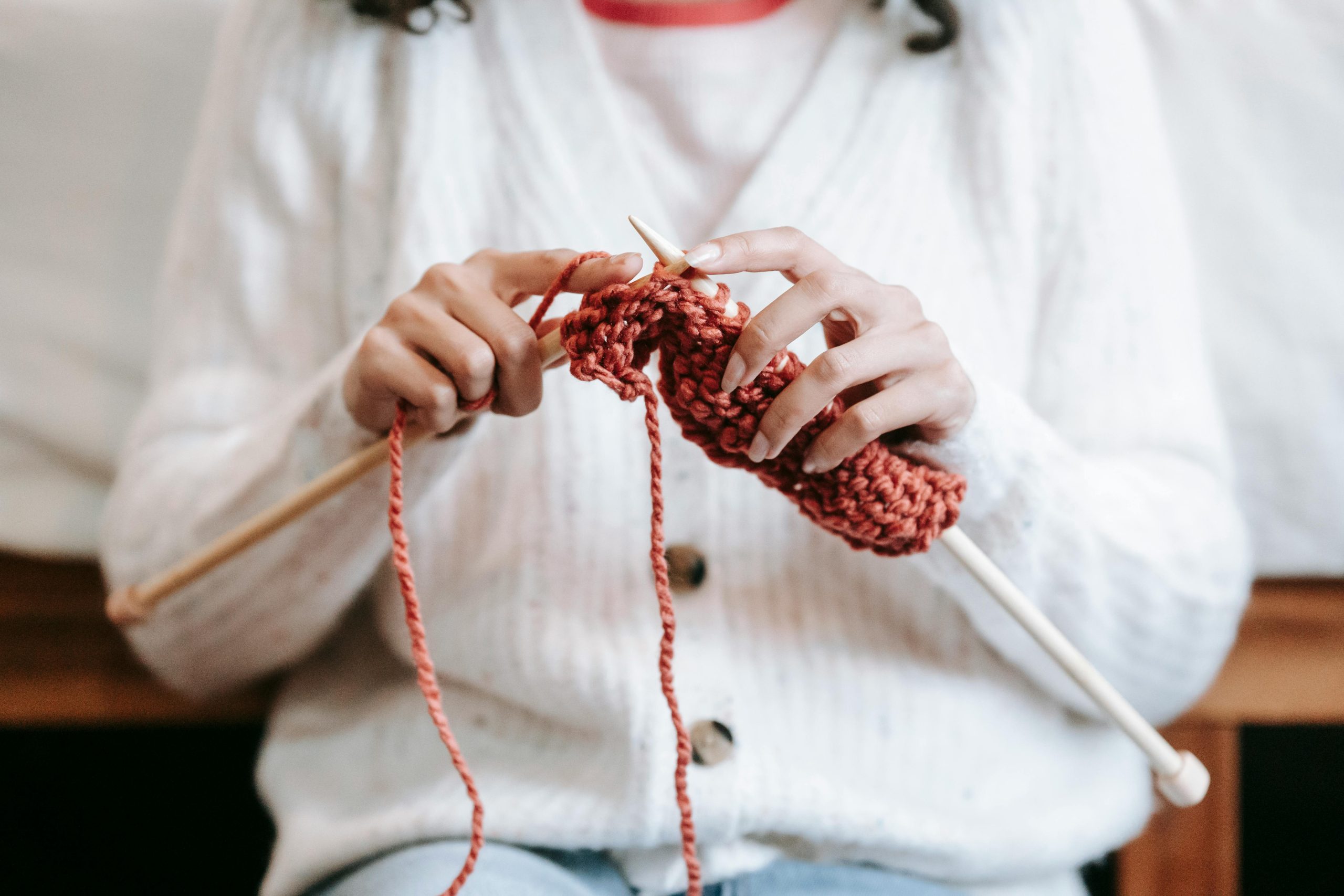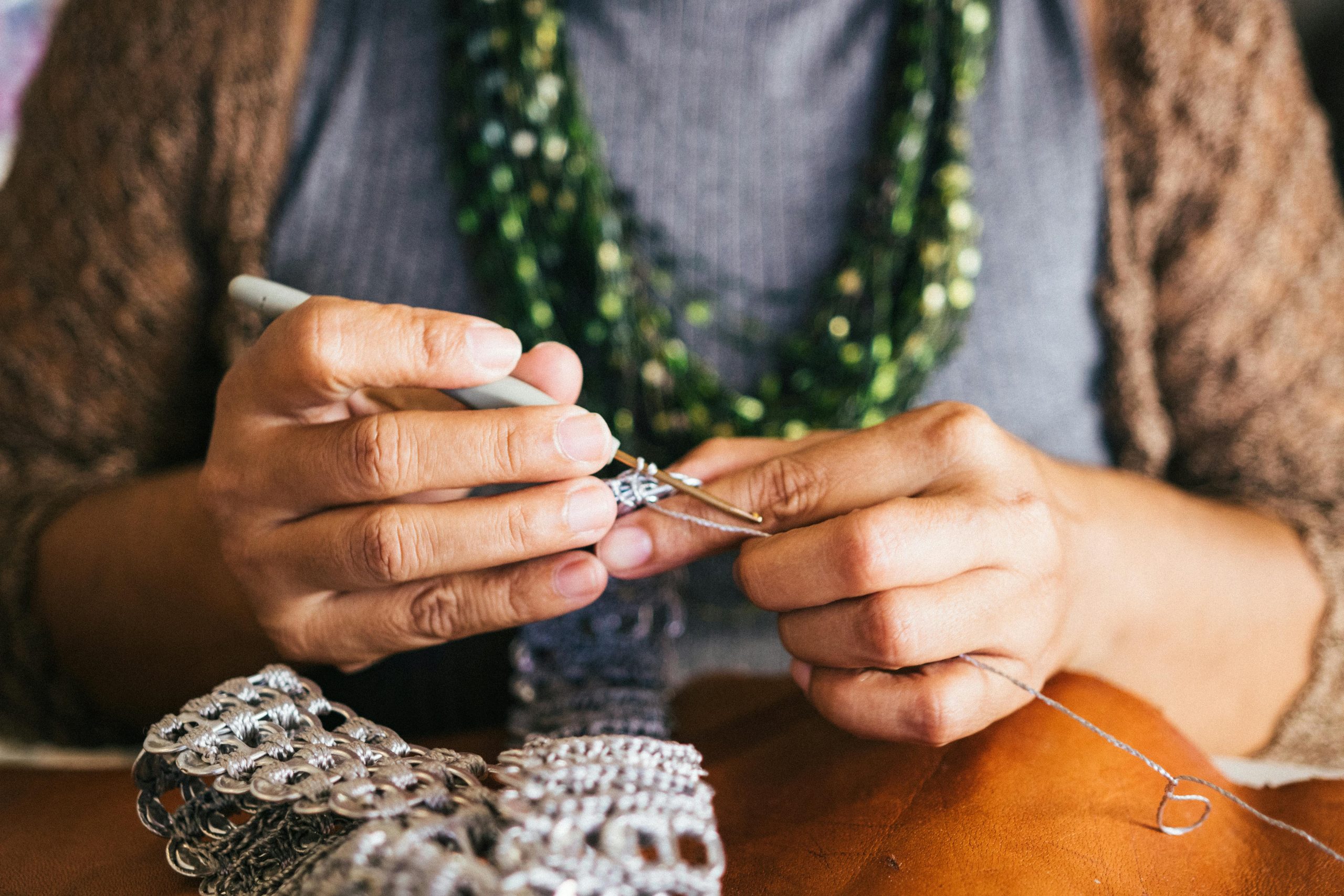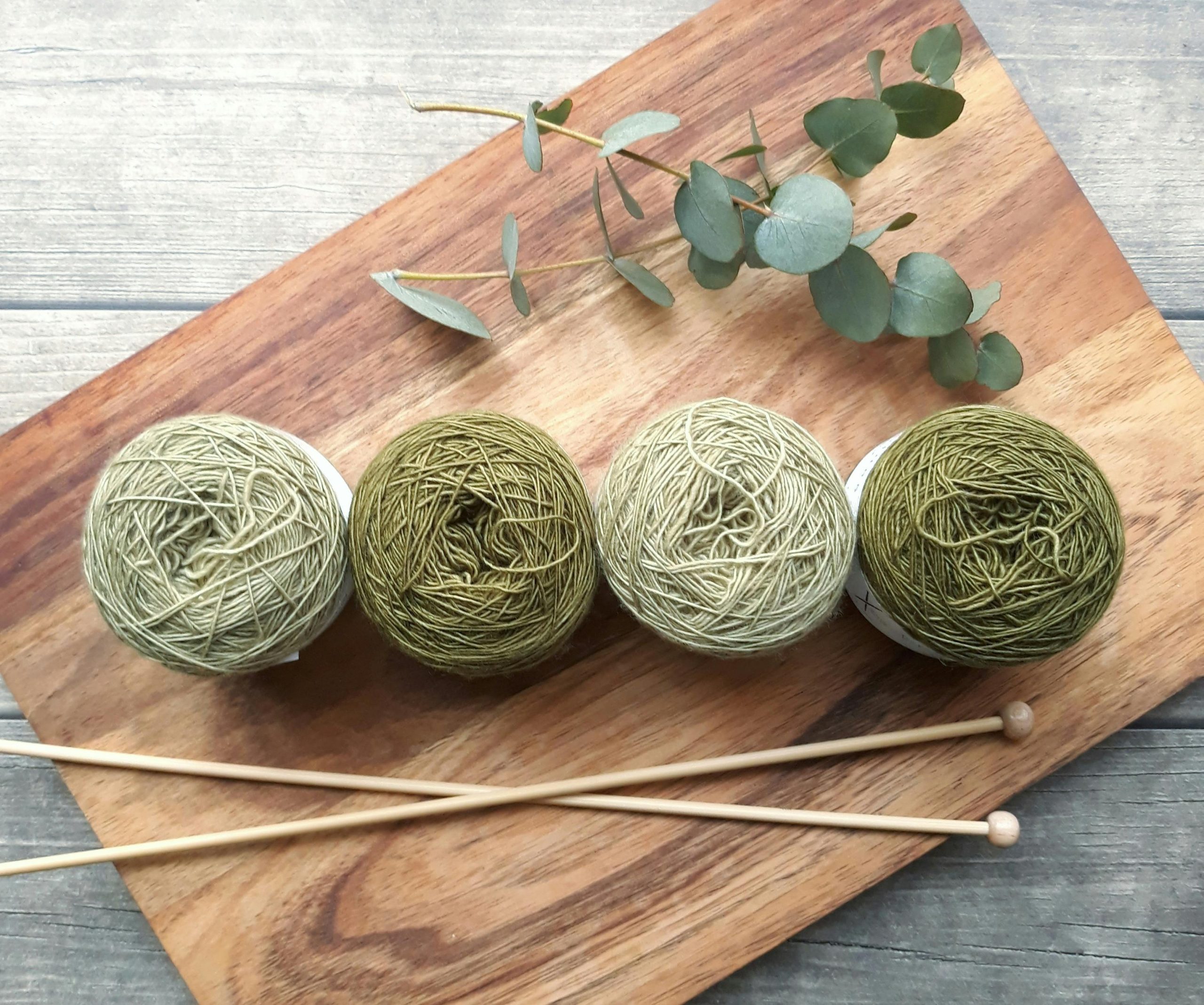Knitting is a popular craft enjoyed by many people around the world. It involves repetitive motions of the hands and arms, which raises the question: can knitting cause rotator cuff injury? The rotator cuff is a group of muscles and tendons that surround the shoulder joint, providing stability and allowing for a wide range of movements. In this article, we will explore whether knitting can lead to rotator cuff injuries, the factors that may contribute to such injuries, and provide tips on how to prevent them.
The Mechanics of Knitting
To understand the potential impact of knitting on the rotator cuff, it is important to examine the mechanics of the activity. Knitting involves repetitive movements of the arms and hands, including reaching, pulling, and twisting motions. These movements can put strain on the muscles and tendons surrounding the shoulder joint. Here are some points to consider regarding the mechanics of knitting and its potential impact on the rotator cuff:
- Knitting requires sustained and repetitive use of the arms and shoulders, which can lead to overuse injuries over time.
- The repetitive reaching and pulling motions involved in knitting can place stress on the tendons of the rotator cuff, potentially leading to inflammation and injury.
- The twisting motion of the wrists and hands during knitting can also contribute to strain on the shoulders and rotator cuff.
- Knitting for extended periods without breaks or proper posture can exacerbate the risk of rotator cuff injuries.
While knitting itself may not directly cause rotator cuff injuries, the repetitive and sustained motions involved in the activity can contribute to the risk of developing such injuries over time. Understanding these factors can help individuals take necessary precautions to protect their shoulders and prevent potential injuries.

Preventing Rotator Cuff Injuries While Knitting
While knitting can pose a risk of rotator cuff injuries, there are several strategies that can be implemented to minimize this risk. Here are some tips to prevent rotator cuff injuries while knitting:
1. Maintain Proper Posture
Maintaining good posture while knitting is crucial for reducing the strain on the shoulders and rotator cuff. Here are some points to consider regarding proper posture while knitting:
- Sit in a comfortable chair with proper back support.
- Keep your shoulders relaxed and avoid hunching or slouching.
- Support your arms on pillows or armrests to minimize strain on the shoulders.
- Take regular breaks to stretch and change positions to avoid prolonged static postures.
2. Take Frequent Breaks
Taking regular breaks during knitting sessions can help prevent overuse injuries. Here are some points to consider regarding breaks while knitting:
- Set a timer to remind yourself to take breaks every 30 minutes or so.
- During breaks, perform gentle stretches for the shoulders and neck to relieve tension and improve blood circulation.
- Engage in other activities that give your arms and shoulders a rest, such as walking or stretching exercises.

3. Strengthen and Stretch the Rotator Cuff Muscles
Strengthening and stretching the muscles of the rotator cuff can help improve their resilience and reduce the risk of injuries. Here are some points to consider regarding rotator cuff exercises:
- Consult with a physical therapist or a qualified professional to learn specific exercises that target the rotator cuff muscles.
- Incorporate regular shoulder and rotator cuff exercises into your fitness routine to improve strength and flexibility.
- Perform warm-up exercises before starting a knitting session to prepare the muscles for activity.
4. Use Ergonomic Knitting Tools
Investing in ergonomic knitting tools can help reduce strain on the shoulders and wrists. Here are some points to consider regarding ergonomic knitting tools:
- Choose knitting needles and hooks that are comfortable to hold and use.
- Use knitting tools with padded handles or grips to minimize pressure on the hands and wrists.
- Consider using circular knitting needles, which distribute the weight of the project more evenly and reduce strain on the shoulders.
- Experiment with different knitting techniques and styles to find what works best for your comfort and ergonomics.
5. Listen to Your Body
Paying attention to your body’s signals and responding to any discomfort or pain is essential in preventing rotator cuff injuries while knitting. Here are some points to consider regarding listening to your body:
- If you experience pain, tingling, or numbness in your shoulders, arms, or hands while knitting, take a break and assess the situation.
- Do not ignore persistent or worsening pain. If symptoms persist, consult a healthcare professional for a proper diagnosis and treatment.
- Modify your knitting technique or reduce the duration of your knitting sessions if necessary to avoid exacerbating symptoms.

Conclusion
While knitting is a beloved hobby for many, it is important to be aware of the potential risks of rotator cuff injuries associated with the activity. By understanding the mechanics of knitting, implementing proper techniques and posture, taking regular breaks, and listening to your body, you can minimize the risk of developing rotator cuff injuries. Remember to consult with healthcare professionals or physical therapists for personalized advice and exercises to strengthen and protect your shoulders. With the right precautions and care, you can continue to enjoy the art of knitting without compromising your shoulder health.

Leave a Reply